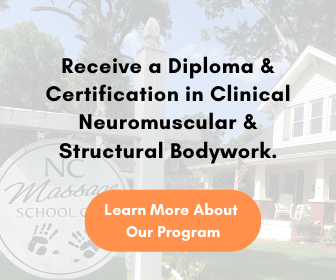Lower Back Pain: A Common Condition in the U.S.
Lower back pain is one of the most prevalent health issues in the United States, often leading individuals to seek medical attention. Statistics show that four out of five adults will experience low back pain at some point in their lives.
While lower back pain is commonly caused by muscle strains, chronic lower back pain is a more enduring condition lasting over three months. This type of pain can either progressively worsen or occur in flare-ups. Identifying the exact cause of chronic pain can be challenging, but it is often linked to conditions such as degenerative disc disease or lumbar herniated discs.
The Drawbacks of Muscle Relaxants
Many doctors prescribe muscle relaxants to manage lower back pain. However, these medications often have undesirable side effects, including drowsiness, dizziness, confusion, lightheadedness, and reduced alertness. Additional side effects may include blurred vision, clumsiness, or unsteadiness. As a result, many patients seek alternative treatments, such as massage therapy.
Massage Therapy as Pain Relief
Healthcare providers increasingly recognize massage therapy as an effective treatment for alleviating lower back pain symptoms. Many providers recommend combining massage therapy with medical treatment to enhance its benefits. Massage therapy has been shown to reduce lower back pain, decrease depression and anxiety, improve range of motion, and elevate serotonin and dopamine levels, leading to better sleep.

Evidence Supporting Massage Therapy
The American Massage Therapy Association highlights research indicating that massage therapy improves blood circulation, relaxes muscles, and increases endorphin levels—chemicals that help the body manage pain.
A study by the Center for Health Studies in Seattle, Washington, further supports the long-term benefits of massage therapy for chronic back pain sufferers. In this study, 262 adults aged 20 to 70 received various forms of massage, including Swedish and deep-tissue massage, trigger-point therapy, neuromuscular therapy, and movement education. Participants reported lasting benefits up to a year after completing a 10-week treatment course.
Consulting with a Healthcare Provider
If you suffer from chronic lower back pain, it’s important to consult your primary care physician before pursuing massage therapy. If your doctor suggests that massage therapy could be beneficial, ensure you seek out a licensed massage therapist who is nationally certified through the National Certification Board for Therapeutic Massage & Bodywork (www.ncbtmb.org) or the American Massage Therapy Association (www.amtamassage.org). Please note that Medicare and most private insurance plans do not cover massage therapy.
For more information on massage therapy, contact us!

